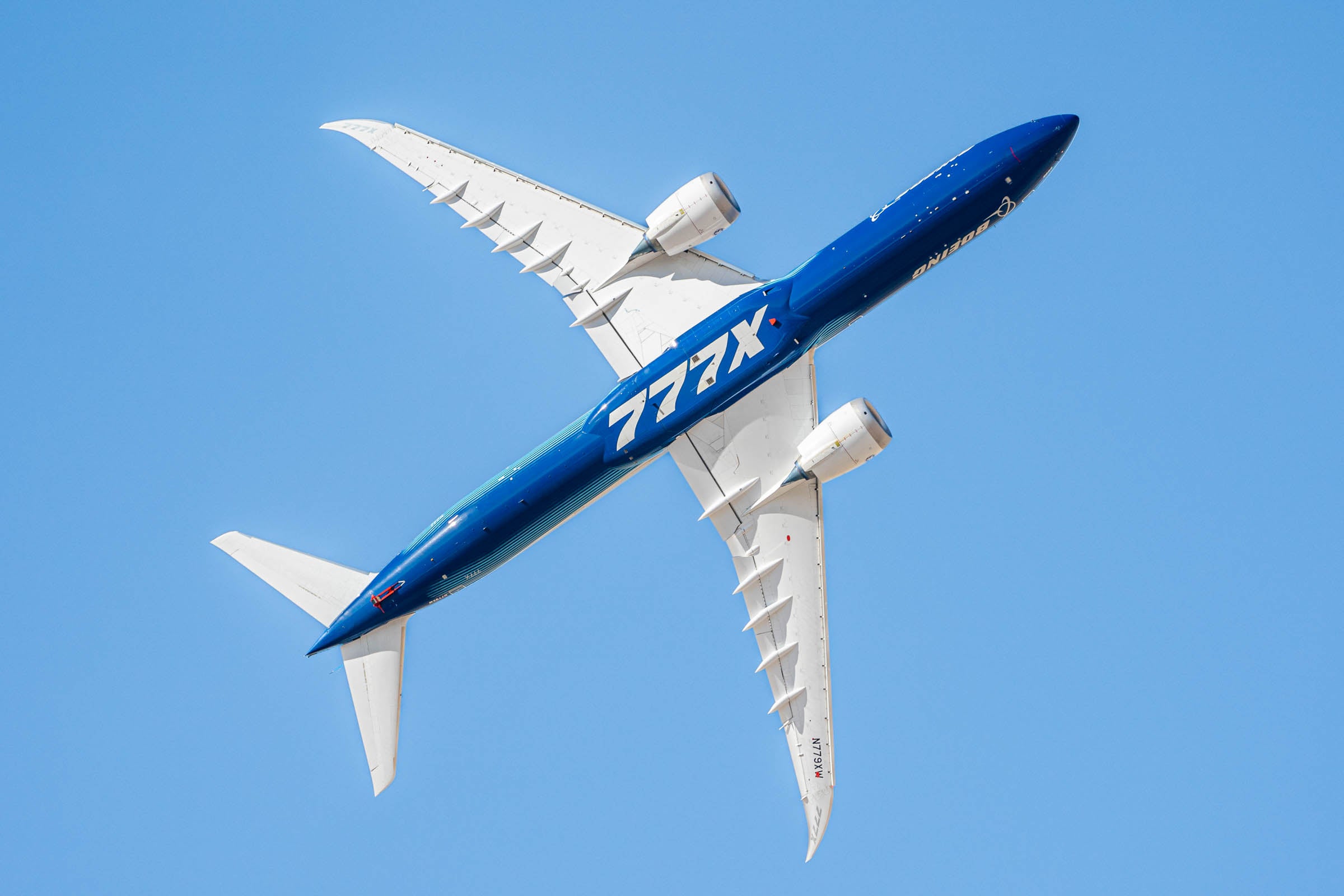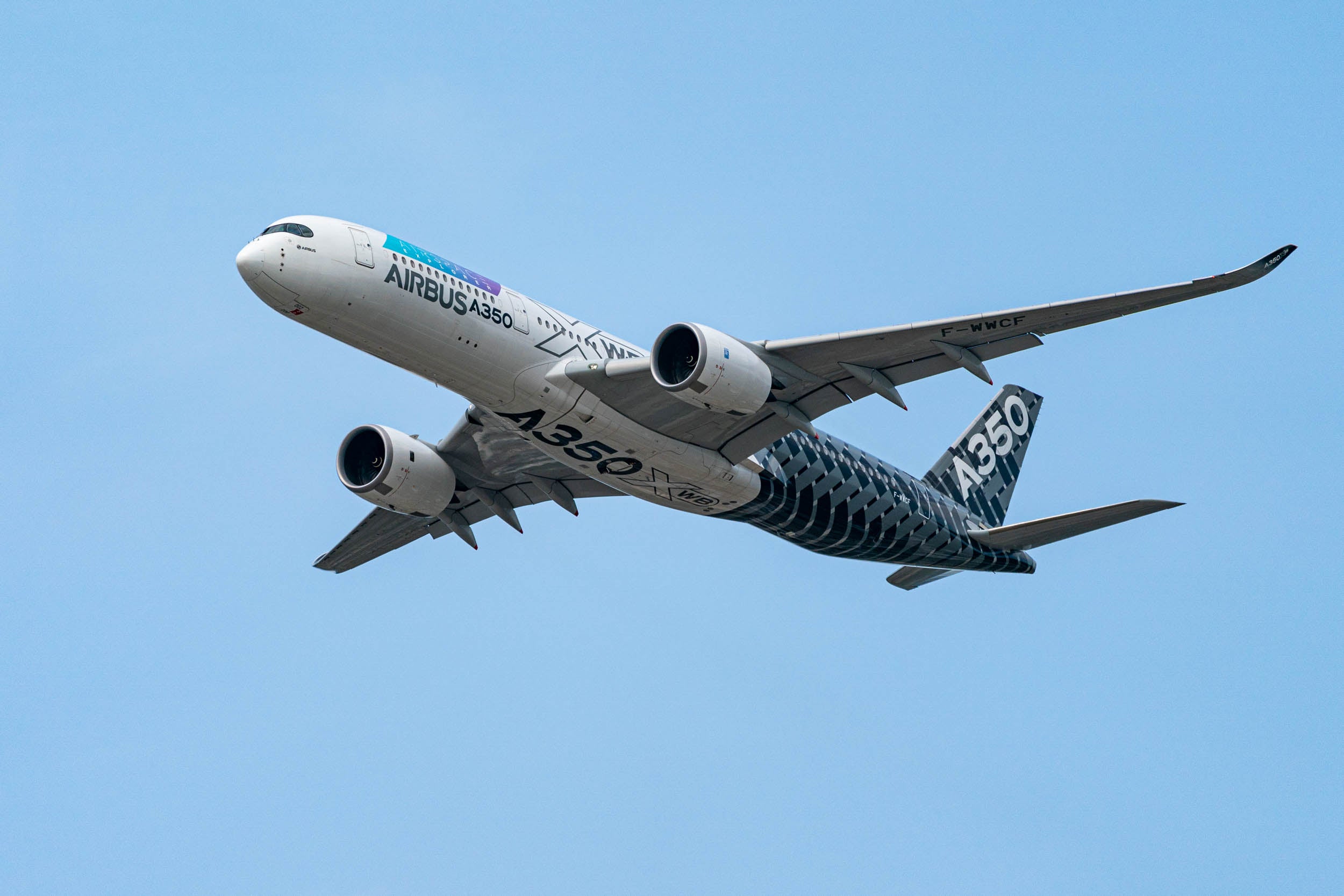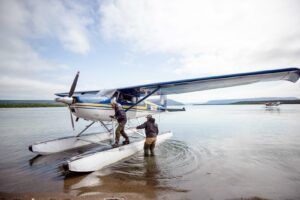One of the biggest events in the aviation world is about to kick off for the first time in four years.
The famed Paris Air Show is set to officially return on Monday for the first time since 2019, the second major European Air Show since the COVID-19 pandemic began.
Want more airline-specific news? Sign up for TPG’s free biweekly Aviation newsletter.
The Paris Air Show, or Salon international de l’aéronautique et de l’espace de Paris-Le Bourget, takes place biennially on odd-numbered years, switching off with the Farnborough Air Show outside of London. Farnborough returned last year for the first time since the pandemic canceled the 2020 show.

Major joint air shows, which mix civil and military aviation, offer opportunities for companies to showcase their latest products and innovations, and for plane manufacturers to display aircraft and announce new products and developments. That includes up-close walk-arounds, interior tours of new aircraft and riveting flying displays that can see test pilots pushing jetliners, helicopters, fighter jets and stunt aircraft to their limits.
Importantly, the shows also serve as a chance to finalize and announce deals and orders with customers.
There are also several smaller regional joint air shows around the world, including in Dubai, Singapore and Johannesburg, which often focus more on those regions’ airlines and products that might suit them. Paris and Farnborough, however, are typically considered the “home” shows for Toulouse-based Airbus and Arlington, Virginia-based Boeing, the two largest passenger aircraft makers, giving the shows an extra boost of importance.
They’re also the main home shows for American and European airlines, which typically have a presence and sometimes announce new orders.
What to expect at the Paris Air Show
There has been little indication that either planemaker plans to announce a new aircraft program in Paris this year, although surprises are always possible.
Nevertheless, the show looks likely to feature some exciting updates and showcases.
Boeing plans to return with its 777-9, part of the new 777X generation, which first made its public debut at the 2021 Dubai Air Show, as well as the 737 MAX 10, which has moved closer to certification this year following a deal in Congress to allow certification of certain adopted tools from already-certified 737 MAX models.
Boeing also plans to highlight the passenger interior of the new 777X for the first time, which it says offers new flexible and spacious options for customers.
New Saudi Arabian mega-airline Riyadh Air, which ordered up to 72 Boeing 787 Dreamliners earlier this year, is expected to make its public debut with its very first airplane on display featuring the newly announced livery, while Gulf carrier Qatar Airways has scheduled several media events throughout the show.
The new eVTOL sector will take a more prominent spot at this year’s show than in the past, with Eve Mobility Boeing-backed Wisk expected to display full-scale production mockups of their flying taxi-type aircraft, which remain in development. Other aspirational or in-development programs, like Boom Supersonic, will also have a large presence at the show.

Airbus, meanwhile, will display its in-demand A321LR and the hotly anticipated long-range A321XLR, which was announced at the 2019 show and is undergoing the certification process after completing its first test flight last year. The 321XLR is expected to take part in the flying demonstrations for the first time at an air show.
Boeing, which has announced a spate of major orders in the first half of this year — including a massive sale of its workhorse 737 MAX to budget carrier Ryanair last month — expects a relatively quieter show in terms of orders, according to one source, while Airbus is anticipating a splashy opening with an order for up to 500 A320neo aircraft from Indian carrier IndiGo, Bloomberg first reported.
Reports of an imminent Delta order for new wide-body aircraft emerged last month, which could be finalized and announced during the show.
Still, a run of orders remains possible as airlines scramble to secure delivery slots as travel demand grows following the pandemic and supply chain interruptions stymie planemakers’ efforts to get aircraft into customers’ hands. Thinking ahead, airlines are planning their fleets for the 2030s and looking to avoid waiting too long and missing prime delivery opportunities.
Meanwhile, less splashy but nevertheless crucial suppliers like enginemakers and other component manufacturers will demonstrate new tools and parts that could help transform aviation, unlocking efficiency, longer-range or more dynamic options for aircraft.




